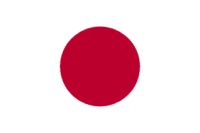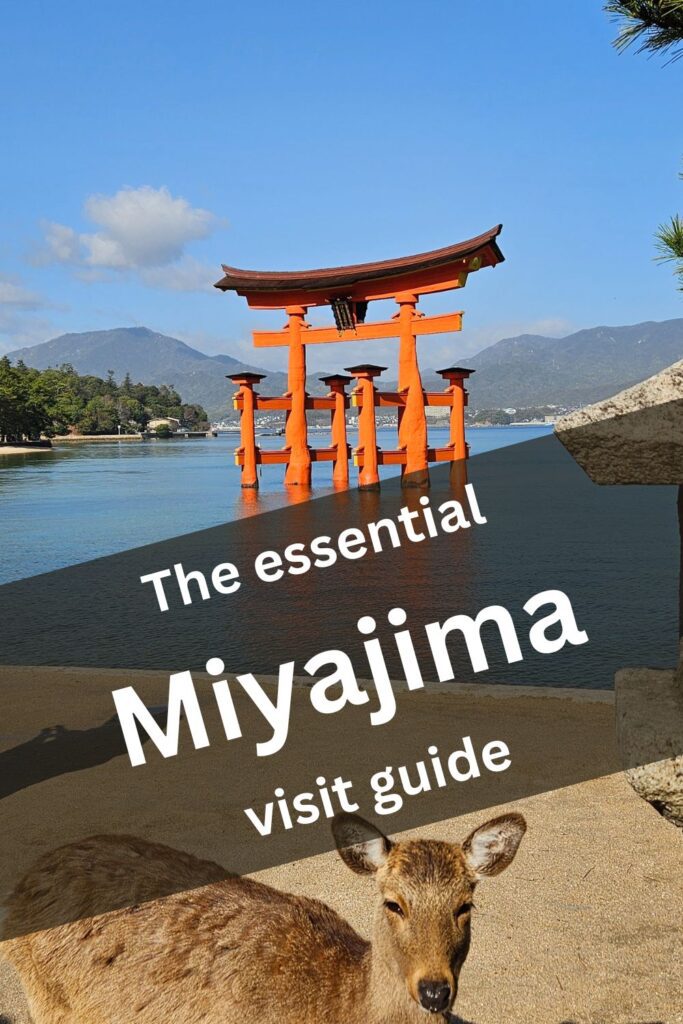Trivia Pills: 10 interesting facts about Japan
These small snippets are extracted from longer posts on Japan. Be sure to check out the Japan page for more information and articles.

society
#1 – The unsilenceable camera shutter click of Japanese smartphones

In basically every article on Japan, I repeat the point about the silence and how everything is quiet. However, in touristic places, there is an ever-present noise: the sound of camera shutters clicking.
Every smartphone bought in Japan makes a shutter sound when taking a picture (and most have an increasing volume of the sound as more photos are taken in quick succession). This cannot be disabled. Japan is arguably the country where cameras started (remember in the 80s and 90s how it used to be a joke talking about Japanese tourists taking photographs of everything?) and the photographing culture is deep in the fabric of society. However, this has also led to voyeurism and very publicized occurrences of upskirt photographs being taken. So this noticeable clicking noise is aimed at curtailing voyeurism. So yeah, if someone tries to sneakily take a picture of you, you will hear it. Conversely, if someone is pointing their phone at you and staring into it but you don’t hear shutter sounds, they are just casually browsing, and you should not feel attacked in your privacy.
country
#2 – The elusive waste bins
One of the first thing visitors notice when arriving in Japan is how clean the streets are. Yet there are no waste bins anywhere.
In 1995, there was a terrorist attack that used Sarasin gas hidden in trash cans. Since then, the Japanese government has removed basically all trash cans. Exceptions are the can and paper cup disposal waste bins next to vending machines (and these are transparent) or in subway station bins to throw away newspapers.
Japan, however, is notoriously ultra-clean. In Japan, everyone will keep their trash with them until they find a way to dispose of it, and this could actually take a long time.
society
#3 – Standing and walking on the left (mostly)

When on escalators in malls, metro stations, etc., people stand on the left. This is in the eastern part of Japan. In the western part (e.g., from Osaka), they stand on the right.
When walking, people usually walk on the left side. This custom is said to date back to the age of the samurai. Most of them were right-handed, so they kept their katanas sheathed on their left. By walking on the left side of roads, they would avoid their swords clashing when passing each other (this is probably a legend and is used in other countries such as Great Britain, but certainly gives a nice alluring touch to the reason for people walking on the left side of roads).
history
#4 – Male Geikos

Geishas were originally men known as Taikomochi (“drum bearers”). They were jesters to daimyō—the feudal lords. The profession was quickly overtaken by their female counterparts, the Geiko (“arts girl”), which became the Geishas commonly known today.
A widespread misunderstanding of the west is tying Geishas to sexual partners and prostitution. This is far from the truth, although there was a tradition of Mizuage, which was the coming of age of a maiko graduating into a Geisha and the loss of their virginity to the patron. This was, however, intended as a rite of passage to womanhood rather than a frequent “service” offered by the Geishas.
country
#5 – The public transport system

Tokyo is the most populous city in the world, with 36 million inhabitants. Most people commute using the rail public transport system (metro and train).
Estimates say that 40 million commuters use the rail every day, amounting to tens of billions annual commuters.
According to Japan Rail, out of the 50 busiest stations in the world, 46 are located in Japan.
country
#6 – Vending machines galore
Thankfully, the sparse trash cans that can be found in cities are often next to vending machines and these are everywhere. There are over 5 million vending machines in the country, one for every 23 people. It is estimated that if all vending machines in Japan were lined up side by side, they would stretch all the way to the island of Hawai’i.
From simple cold drinks selling all kinds of ice teas, caffeine, and soft drinks to those selling hot drinks, regional food specialties croissants, apple pies, hot sauces, insects, and more. It almost seems that anything can be found at a vending machine, somewhere.
Together with the ubiquitous vending machines are the rows of capsule toy dispensers. Known as gachapon, these machines give out random capsules that can contain small toys, figurines, keychains, rings, and more. They are incredibly popular for all ages and cater to completionists who strive to complete their collection of a specific series of toys and gadgets.
society
#7 – Blowing your nose

Excreting mucus in public, such as by spitting, is often shunned in many countries. In Japan, however, this is brought to another level and blowing your nose in public is not appreciated and considered bad manners (and clearly unhygienic towards others and dangerous in a world that pays attention to the spread of germs).
So it is very common to hear people sniffling all the time, and locals will blow their noses at home, in toilets, and in general away from public eyes.
history
#8 – Hara-kiri, Seppuku, Jigai
Hara-kiri (“cutting the belly”) was a practice of ritualistic suicide by disembowelment through the use of a short sword (tantō).
Seppuku was the additional decapitation by an assistant who, through this act, would give honor and was seen as an act of mercy. It was originally an act demanded by the shogun to their daimyo, from the daimyo to their samurais.
Although it is a mistranslation, the term Jigai refers to the female version of Hara-kiri and requires no assistance. It was used to preserve honor, was less ritualized, and had no spectators. It served to preserve honor for the woman and was often done as a consequence of their husband dying by seppuku or in battle.
When the wife of a samurai got news of her husband’s death, knowing that her household would have been captured and attacked, they would often face the wall, turning their backs towards the entrance where the assailants would enter, tie their knees together so to be found in a modest position after their deathly convulsions, and proceed to sever the jugular bleeding out.
history
#9 – Shinto deities
Japan’s main religion, Shinto, is a polytheistic spiritualistic religion. There are 8 million gods in the Shinto pantheon, although they are not considered deities but rather kami – spirits, ancestors, and guides.
Kami reside in Shintai—their physical containers and phenomenological representations (shintai means “body of the kami”). These can be man-made objects used to attract them, such as swords, mirrors, or jewels, or the shrines themselves, or actual natural structures like waterfalls, old trees, or mountains. For example, Mount Fuji is arguably the most famous shintai, housing Princess Konohanasakuya, the cherry blossom princess.
country
#10 – 6,852 islands and among the top 10 countries with longest coastline
Japan holds many top spots when it comes to records, such as the long life expectancy of their population, their low rates of crimes, the high average age, the fact that more than 98% of the population is Japanese, or that it is the only country in the world with an emperor.
An interesting fact is also that Japan ranks 6th in the world in terms of longest coastline, having more coastline than the United States or Australia. It is not surprising given its geographically narrow shape and the fact that the country is made up of a whopping 6,852 islands, but it is still remarkable.




